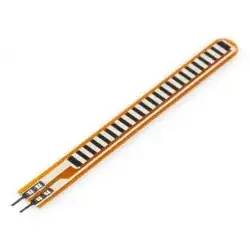I'm trying to build a presence sensor for my bed, to help trigger assorted home automation functions.
My first thought was to use a FSR and place it between the frame and boxsprings. I know how to deal with the A2D bit. However, I can't find one with a broad enough weight range.
Given that it's a heavy bed (not sure exactly how heavy), I was hoping to find something with a range of 0-1000 pounds with a calibrated accuracy of 100 pounds.
Can anyone suggest an appropriate sensor, or another approach?
